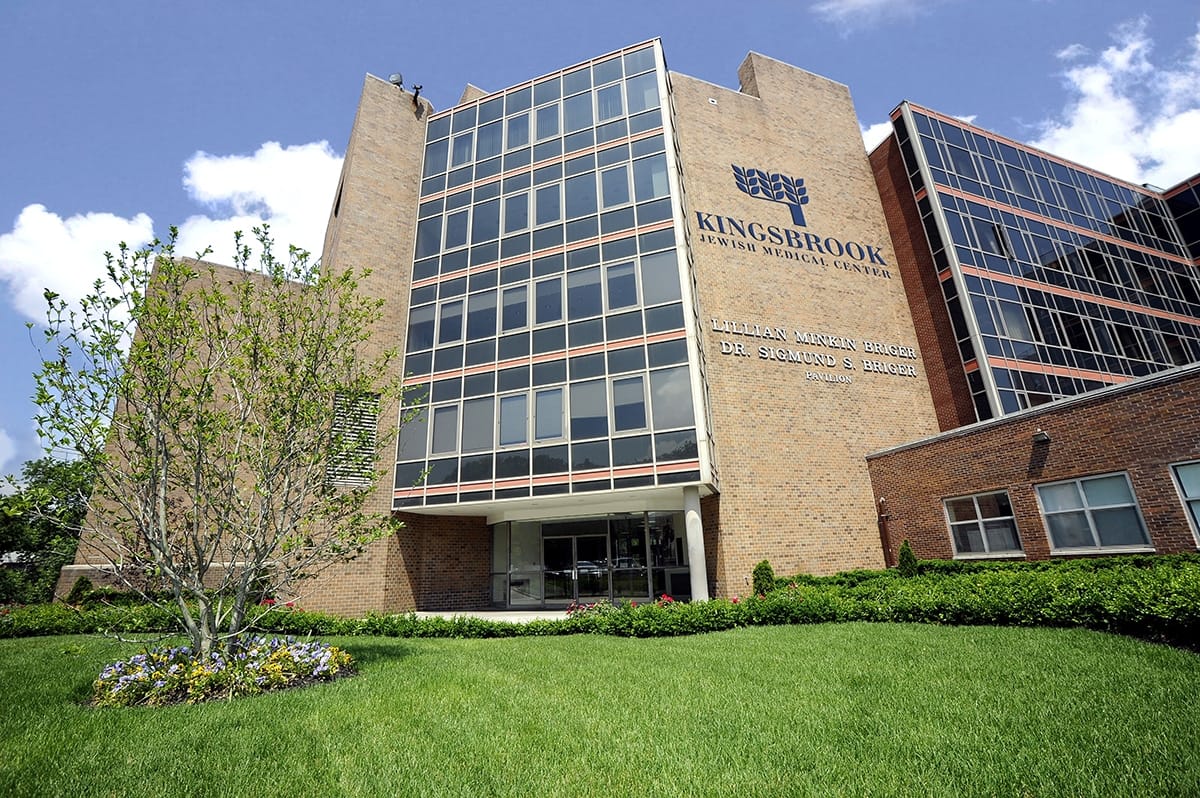Letter To The Editor: Rethinking Brooklyn Hospital Consolidation

Dear Ms. Zagare,
I want to thank you for the coverage in Bklyner you have dedicated to the transformation of Kingsbrook Jewish Medical Center into a “Medical Village,” provided by reporter Billy Richling. The latest article, dated December 17, 2020, describes how the project, a part of New York State’s Vital Brooklyn initiative, has been delayed for a second time due to the latest surge of COVID-19 cases. The first delay occurred during the initial Spring surge.
The transformation of Kingsbrook from an inpatient hospital into this “Medical Village” will involve scrapping all of the inpatient beds and reconfiguring the campus into a number of different facilities devoted to “ambulatory primary and specialty care, emergency services, and post-acute care services.” As a nursing student at nearby Downstate Health Sciences University, I appreciate Bklyner’s nuanced coverage about the Kingsbrook development. I think it shows how even well-intentioned investments meant to modernize the healthcare infrastructure of a city may occasionally require rethinking, especially in the light of the COVID-19 Pandemic.
At the outset, I want to say that there are laudatory things to consider about this initiative. Centralized hospital campuses are valuable to a community only insomuch as they help it utilize inpatient services solely when necessary, and keep community members from needing serial readmissions to inpatient care. Investments in diversified preventative care that takes place not only inside the walls of the hospital, but in neighborhood clinics and people’s homes, are a step toward a model of care that can bring light to ills in a community before they require more critical care.
All of this being said, the COVID-19 Pandemic has shed light on how years of hospital closures has put New York City in very difficult position to handle large-scale medical emergencies, particularly in the boroughs outside of Manhattan. It is common knowledge that hospitals were very overcrowded during the initial Spring surge, but the Community Service Society’s report “How Structural Inequalities in New York’s Health Care System Exacerbate Health Disparities During the COVID-19 Pandemic,” can help put some numbers to it. The number of hospital beds per 1,000 people in Brooklyn during this surge was 2.2. However, the number of COVID-19 cases per 1,000 people in Brooklyn was 17. Demand for beds could easily outstrip supply, and this ratio is even worse in other boroughs (aside from Manhattan, whose ratio is 6.4 beds per 1000, and only 12 COVID cases per 1000).
But New York did not become so under-resourced overnight. The Berger Commission was convened by Governor Pataki in 2005 and it recommended the closure of many hospitals throughout New York State, many of which were in New York City. There have been high profile closures since by each ensuing administration: the Paterson administration, for example, oversaw the closure of St. Vincent’s Hospital in Greenwich Village, known widely for its pioneering role in the AIDS epidemic, and Long Island College Hospital in Downtown Brooklyn closed in 2014 under Andrew Cuomo. While these were high-profile hospitals, they are not the most consequential closures in recent years. The aforementioned report by the Community Service Society points out the following:
“[T}he borough of Queens witnessed the closure of four safety-net hospitals (St. John’s in Flushing, 2009; Parkway in Forest Hills, 2008; St. Josephs in Fresh Meadows, 2004; Mary Immaculate in Jamaica, 2009) leaving Health + Hospitals/Elmhurst as the sole safety-net hospital serving as one of the country’s COVID-19 epicenters.”
With the heartbreak of the Spring surge still in the rearview mirror, it is easy to understand why people may be anxious about the elimination of a safety-net hospital like Kingsbrook in a section of Brooklyn hugely affected by COVID-19. It is worth then reconsidering whether a robust health care system not only has diverse preventative care services available to its community, but also has a plethora of beds available in the case of emergencies.
Now, it might be hard to imagine medical emergencies quite like that which we are now in, but disasters do happen. St. Vincent’s was the primary admitting hospital for 9/11 casualties: if it had closed a decade earlier than it did, what might have happened to the death rate? Climate scientists have told New Yorkers to get used to more hurricanes like Sandy. All told, COVID-19 has underlined that diminishing hospital capacity can increase the death toll from disasters like these simply due to a scarcity of beds, so it is important to consider this when planning the future of Kingsbrook’s “Medical Village.” This is especially the case after this most recent move by One Brooklyn Health System to postpone the transformation for a second time. As Mr. Richling points out in his article, One Brooklyn had previously insisted that the inpatient beds at its nearby Brookdale and Interfaith hospitals would be enough to account for any second COVID 19 surge. Their choice to delay the transformation—and even temporarily increase Kingsbrook’s capacity—reveals that perhaps One Brooklyn’s hospital system could not handle this second surge without Kingsbrook after all. It begs the question what might happen if some emergency befalls central Brooklyn in the future.
New York State, in its willingness to leave certain communities in the city under-resourced for large-scale medical emergencies, set the stage for the disastrous human toll COVID-19 waged in the Spring. The staff of Kingsbrook and people in the surrounding community do not want to be victim to a future, as-of-yet-unforeseen disaster, and their concerns should be taken seriously. The Vital Brooklyn initiative should be able to provide New Yorkers with diverse preventative care options while also creating insurance against future emergencies.
Sincerely,
Paul Bozzo, Accelerated BSN Student Nurse,
SUNY Downstate College of Nursing




